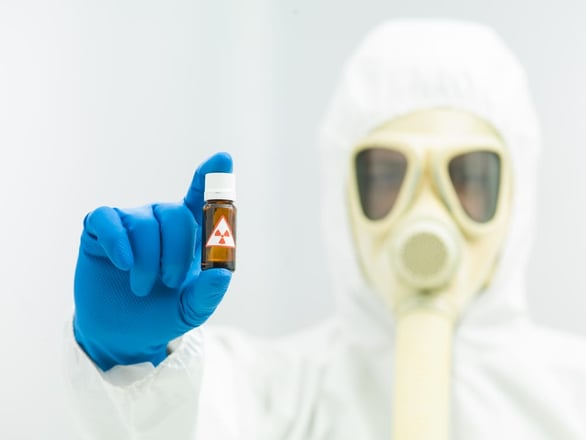
Public health emergencies caused by infectious threats have the potential to affect and kill thousands and even millions of people. These threats can be caused naturally as outbreaks or pandemics.
For example influenza, severe acute respiratory syndrome (SARS), extremely-drug resistant (XDR) tuberculosis, to name a few. (IDSA) However, these public health emergencies can also come about deliberately through bioterrorism.
Why Biothreat and Pandemic Preparedness is Critical
In a recent U.S. Department of Health & Human Services article, it was revealed that the White House and four federal departments have been working on a comprehensive National Biodefense Strategy to make the United States safer and more prepared for modern biological threats.
The article went on to say: “In the 21st century, biological threats are increasingly complex and dangerous, and that demands that we act with urgency and singular effort to save lives and protect Americans. Whether a natural outbreak, an accidental release, or a deliberate attack, biological threats are among the most serious we face, with the potential for significant health, economic and national security impacts.”
Infectious threats can undermine not only patient care and public health, but also national security, and influenza pandemics have a long history of devastation in terms of lives lost, hospitalizations, and destabilizing national economies. Seventeen years ago, the United States experience a biological attack with anthrax mailed in letters, which killed 5 people, injured 17, and costed an estimated $6 billion in clean up and lost revenue.
Peter Salama, executive director of the World Health Organization, said this in regards to planning for biothreats. “We need to ramp up our preparedness.”
How Healthcare Providers Can Be Better Equipped If An Outbreak Occurs
As biological threats continue to evolve, both man-made and natural, proper response initiatives and strategies implemented by health care providers can help development life-saving responses and better equip staff members when an outbreak occurs.
When asked in a recent article about if he thought the health systems in the United States were prepared for a new pathogen outbreak, Dr. Eric Toner, a senior scholar at the John Hopkins Center for Global Health Security, said. “A pandemic could cause hospital systems to collapse under the pressure and it’s because we don’t have the systems we need.”
Investment in preparedness for healthcare facilities includes education, training, strategy, and the proper tools to contain and counterattack a potential biothreat. The STARC temporary containment system empowers healthcare facilities to be quick and effective during emergency situations, such as a bioterrorism epidemic. It is designed to be used in conjunction with the facility’s emergency response plan.
Along with effective and reliable equipment, The New York State Health Department had other suggested steps to be taken by the healthcare systems to respond to existing and emerging biothreats. These steps included:
- enhancing health department capacity to respond to bioterrorist attacks
- stocking vaccines and drugs
- providing the public with necessary protective measures and treatments
- establishing a communications program, educating and training public health and health care professionals and the general public in emergency response
- preparing educational materials
A Temporary Containment System That Supports A Facilities Game Plan
STARC temporary containment walls are cleanable, rapidly deployed, reusable, and easy to store and transport. The system can be used for infection control and emergency pandemic preparedness as it exceeds ICRA Class IV requirements. With the risk of an outbreak, the STARC system allows the staff to be quick and flexible as unexpected changes occur during emergency situations. To learn more about this product, contact the STARC team or download a catalog.
Written by Gearhart and Associates, LLC. for STARC Systems, Inc. Gearhart and Associates are industry experts in Infection Control Risk Assessment (ICRA) training, Infection Control and Prevention Strategies, and Facilities Risk Management.
Interested in More Information on STARC Systems?
